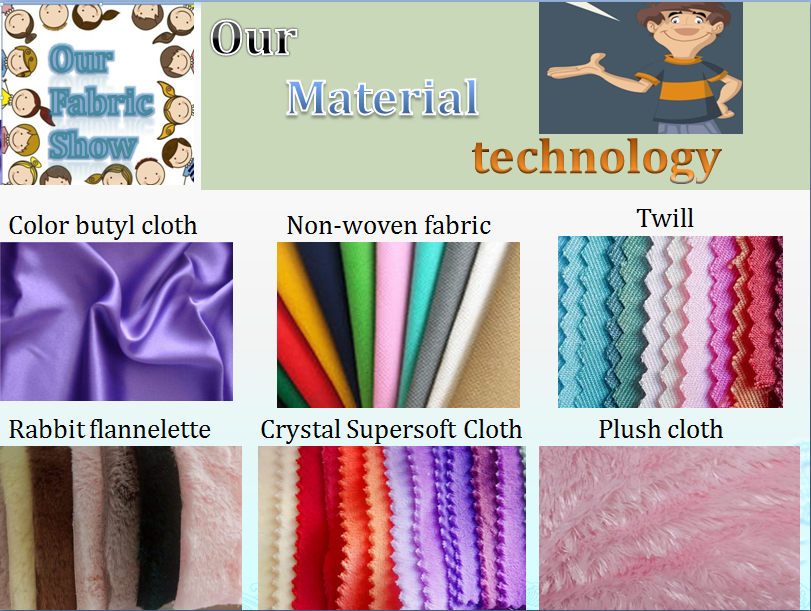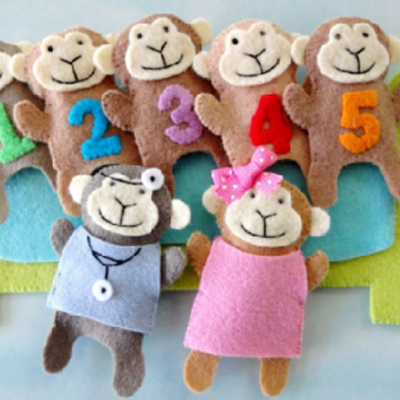1. Original factors
In lithographic printing, the original version is the object of copying. The quality of the original version will directly affect the quality of the printing plate. The following factors of the original version will cause the dots on the printing plate to be lost and made false.
1. The original version is mistaken as a positive film
In lithographic printing, because lithographic printing is indirect printing, and one of the characteristics of lithographic printing is to reverse the image, it is decided to use the reverse original when printing lithographic printing, but there are quite a lot of employees in small output agencies The business level is not high, and the printing process is not well understood. Often, the original version used for lithographic printing is output as a positive film. With this type of original printing, it is difficult to avoid the loss of dots and the loss of small dots. Therefore, it is something that some output agencies should do to improve the business level of the output personnel and strengthen their understanding of the printing process.
2. Low original density
In the film output process, due to insufficient exposure of the film or excessive development, the original density value will be lower than the density value required for printing (generally, the original density value is about 3.0). If the original density value is slightly lower than the required value, the exposure time can be appropriately reduced to reduce the degree of dot loss during printing, but if the original density value is too low, only the original version must be replaced.
3. Fake in the middle of the film outlet
During one printing, the author found that the printing plate was always not inked, and many methods were useless. Later, the high-magnification magnifying glass was used to observe the original, and it was sent to the middle of the original dot on the original, which caused the printing plate to become hollow Ink. This situation may be caused by improper focusing of the imagesetter's recording head during film output.
2. The phenomenon of dot loss and virtuality caused by overexposure during the printing process
The exposure time of the printing plate is related to the depth of the printing plate. If the printing time of the positive PS version is short, the printing plate is dark, and the layout is easy to get dirty; on the contrary, the exposure time is long. Inking is not easy when printing. Therefore, the appropriate exposure time during printing is extremely important.
If you change the printing tube and adjust the lamp distance, use different brands of photosensitive plates or the same brand but different batches of photosensitive plates. Before the formal printing, continuous adjustment of ladder scale, dot ladder or other test tapes and Use the PS version for trial printing and find out the proper exposure time to ensure the correct transfer of the outlets during the printing process.
In actual printing, quite a number of operators choose the exposure time based on experience, and in the process of printing, the method of lengthening the exposure time is often used to avoid the dirt on the plate and remove the small dirty spots on the plate. The effect of the version is not obvious, but for the outlet version, it will cause the loss of the outlet and the phenomenon of virtuality. [next]
3. There is a gap between the original version and the photosensitive version
1. Insufficient vacuum
Before the exposure, it is necessary to evacuate the drying chamber of the plate-making machine, so that the original plate and the photosensitive plate are closely attached together. If the vacuum is set improperly or the vacuum pump fails, the aging and cracking of the suction pipe, and the aging and cracking of the sealing strip of the drying chamber of the plate-making machine, insufficient vacuum will occur. The original plate and the photosensitive plate cannot be closely attached to each other, resulting in the loss of the dots and the falsification.
2. There is dirt between the original version and the photosensitive version
The film should be cleaned before printing, if the cleaning is not thorough, there will be small sand and other dirt on the film. After the printing plate is developed, there will be dirty spots, and the dots around the dirty spots will also be lost and virtual. .
3. Group the original
In many printing plates for books and magazines, out of cost considerations, printers often output small-format films, which are then assembled by hand to form a large format. When assembling a large version, the edges of the small film may appear "wavy edges" or "burrs" when cutting, and these phenomena will cause gaps between the original version and the photosensitive version, so that during the printing process The outlets are lost and virtual.
In addition, since tape is often used to fix small films on the film base during grouping, if the tape is too close to the text or image area, it will also cause the loss of dots, falsification, or missing strokes of the text during printing.
4. The cover is too close to the original during continuous exposure
When printing, sometimes you will be asked to use a four-fold film or even an eight-fold film to produce a folio printing plate. In most small printing factories, when you encounter this situation, you usually use manual joint printing Solution. Taking the folio version with four-fold film as an example, two exposures are required during the exposure, and half of the photosensitive version needs to be covered during each exposure. If the cover is too far from the original position, it will cause waste of paper when printing; but if it is too close, it will cause the original plate to not be closely attached to the photosensitive plate during the suction process, thereby causing the dots on the printing plate to appear Lost and virtual phenomenon. Therefore, in the continuous sun, it is necessary to select the appropriate size of the middle seam according to the size of the paper used for printing.
4. Other factors
1. There is a crease in the photosensitive or original version
When printing, the original or photosensitive plate can not fit closely together at the position where there are creases. During the printing process, the dots will be lost and the phenomenon will be virtual. Therefore, it is very important to check the original and photosensitive version carefully before printing.
2. Double exposure
Double-exposure is a method used to remove dirt on the pages of books and periodicals, especially when printing the original version together. This method of removing dirt is to use the scattering film to refract the light to wipe out the dirty lines and dirty spots generated at the edge of the film, but this method will also cause the loss of small dots, so it is not appropriate to use the secondary image printing exposure.
3. Overdevelopment
Excessive development will not only make small dots lose and become false, but also reduce the printing durability of the printing plate.
4. Careless revision
During revision, if the revision paste or revision fluid erodes into the graphic parts, the dots will be lost and illegible. During revision, the revision cream or revision liquid should be washed away in time to avoid damage to the layout.
According to its volume, props are divided into big props and small props. The former includes tables and chairs, sofas, cabinets and screens, while the latter includes telephones, bottles, cups, food and gadgets. According to the use nature of props, it can also be divided into decorative props (such as curtains, screens, chandeliers and various decorations), hand props (such as bags, suitcases, pistols, canes, etc.), consumption props (such as food, cigarettes, bowls and plates that need to be broken in public on the stage), practical props (such as tables, chairs and other props that need to bear weight), etc. The design style of stage props is consistent with the style of setting, lighting and clothing. Therefore, in some modern stage designs with large deformation or abstraction, the form of props and props is also consistent with it. In some abstract scenes, the size of the props of the entity is even replaced by the actors'virtual actions. Plush toys can also be used as dance props. We can customize the finished products according to The Dance Props you imagine. We have professional designers, you can design according to your requirements, you only need to provide pictures (physical or graphic) can be customized. All production products can be labeled with cloth, embroidered with trademarks, so that each product has company information, has its own brand, enhance the visibility of the enterprise. Our products are exported to many countries, such as Japan, Europe and the United States. All raw materials are environmentally friendly.

Cloth introduction:

1.Yarn-dyed cloth: the structure of the silk thread is well shaped. The appearance is similar to 5 pieces of satin and 8 pieces of satin. The density is better than 5 pieces of satin and 8 pieces of satin. Specifications are generally 75 * 100D, 75 * 150D and so on. The raw material of tinted cloth: it can be cotton, blended or polyester, or pure chemical fiber, which is formed by the different organization of the fabric. The product that lubricious ding bu makes popularity is wide, glossiness drape feels good, feel soft. Elastic colored butyl cloth "adopts polyester FDY dayou light 50D*DTY75D+ spandex 40D as the raw material, and USES satin weave weave in the jet loom. Because the warp thread adopts dayou light silk, the cloth surface has charm, and occupies a place in the recent fabric market with the advantages of lightness, smoothness, elasticity, comfort and luster. Polyester low-elastic silk is the raw material, the fabric structure USES satin plain grain to change the texture, woven on the air jet loom, grey cloth and then after desizing, pre-shrinking, softness and other treatment, the fabric permeability is particularly good, and feel soft and smooth, fabric width is 150cm. Design and color d set comfort, modern sense, artistic sense in one of the new fabrics
2. Non-woven fabrics: They are directional or random fibers. They are a new generation of environmental protection materials. They are moisture-proof, breathable, flexible, light, non-combustion-supporting, easy to decompose, non-toxic, non-irritating and colorful.
3. Twill: various twill fabrics are used to make the surface of the fabric show oblique lines formed by warp or weft floating lines. Twill is a medium thickness denim, there are two kinds of thick, fine (20-40 pieces), are using 2/1 left twill organization, texture than plain cloth slightly thick soft, front lines clear.
4, rabbit wool: rabbit wool fiber scales are relatively smooth. Soft sex, hygroscopicity, do not have a ball, also be rabbit flannelette material underwear rises in recent years one of main reasons. Rabbit hair belongs to amino acid protein fiber, which is similar to the composition and structure of human skin, has a good skin-friendly feeling, and has the function of maintaining animal life.
5, crystal super soft wool surface to be more delicate, feel better. High density between fibers, strong three-dimensional sense of hair, beautiful appearance, compared with the original super soft, glossiness is higher, feel more soft and thick, fine texture, environmental protection and so on.
6, wool fabrics have a velveteen, velvet, velvet, cluster flannelette, polyester silk fabrics flannelette flannelette, knitted fabrics, cotton fabrics flannelette velvet, velvet fabrics, warp knitted fabrics flannelette (new varieties, with 50 d polyester yarn and polyester FDY such DTY75D / 36 f/strong mesh as raw material, using the knitting chain structure, fabrics successively after scouring desizing, finalize the design, dyeing, softening, stenter stereotypes, such as deep processing), hole ring flannelette, super soft plush cloth (the latest varieties), short plush cloth (the latest varieties)

Our company is equipped with advanced production machines and complete inspection machines to improve production efficiency and quality. Our aim is to provide the best service, the fastest delivery time, high quality products and low price quotation to all customers.
The Dance Props
The Dance Props,Dance Flash Props,Festival Dancing Props,Dance Party Props
SHEN ZHEN HAO XIAN LONG TECHNOLGY.CO.,LTD , https://www.haoxianlongtoys.com